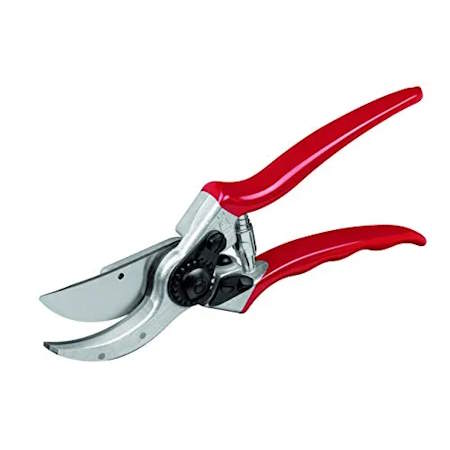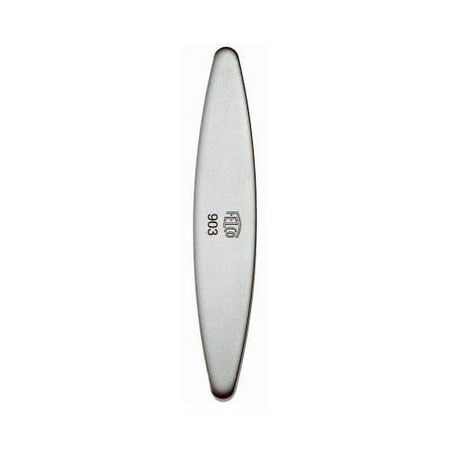How to revive old rhododendron plants – pruning advice from a professional gardener to save your struggling shrubs
With the right pruning approach, you can rejuvenate old and woody rhododendrons


Rhododendrons are timeless garden classics and, with the right care, can live for a century or more. But, as they age, they can begin to look woody, straggly and bare-limbed. Whether you’ve inherited an overgrown specimen or have one that’s simply grown tired, fear not - learning how to revive old rhododendron plants is entirely possible.
During spring and summer, rhododendrons burst into life, injecting vibrant color into backyards. Whether you are a fan of the dwarf purple flowering Rhododendron impeditum, or perhaps you have a large orange flowering Japanese azalea, Rhododendron japonicum, these plants can be counted on to perform, so long as they are properly maintained.
As a professional gardener, I have pruned too many rhododendrons and azaleas to count. With the right tools and timing, I have witnessed even the most tired plants rejuvenated back to life. So, before you write yours off, here's everything I know about how to revive old rhododendron plants, including how and when to prune shrubs.
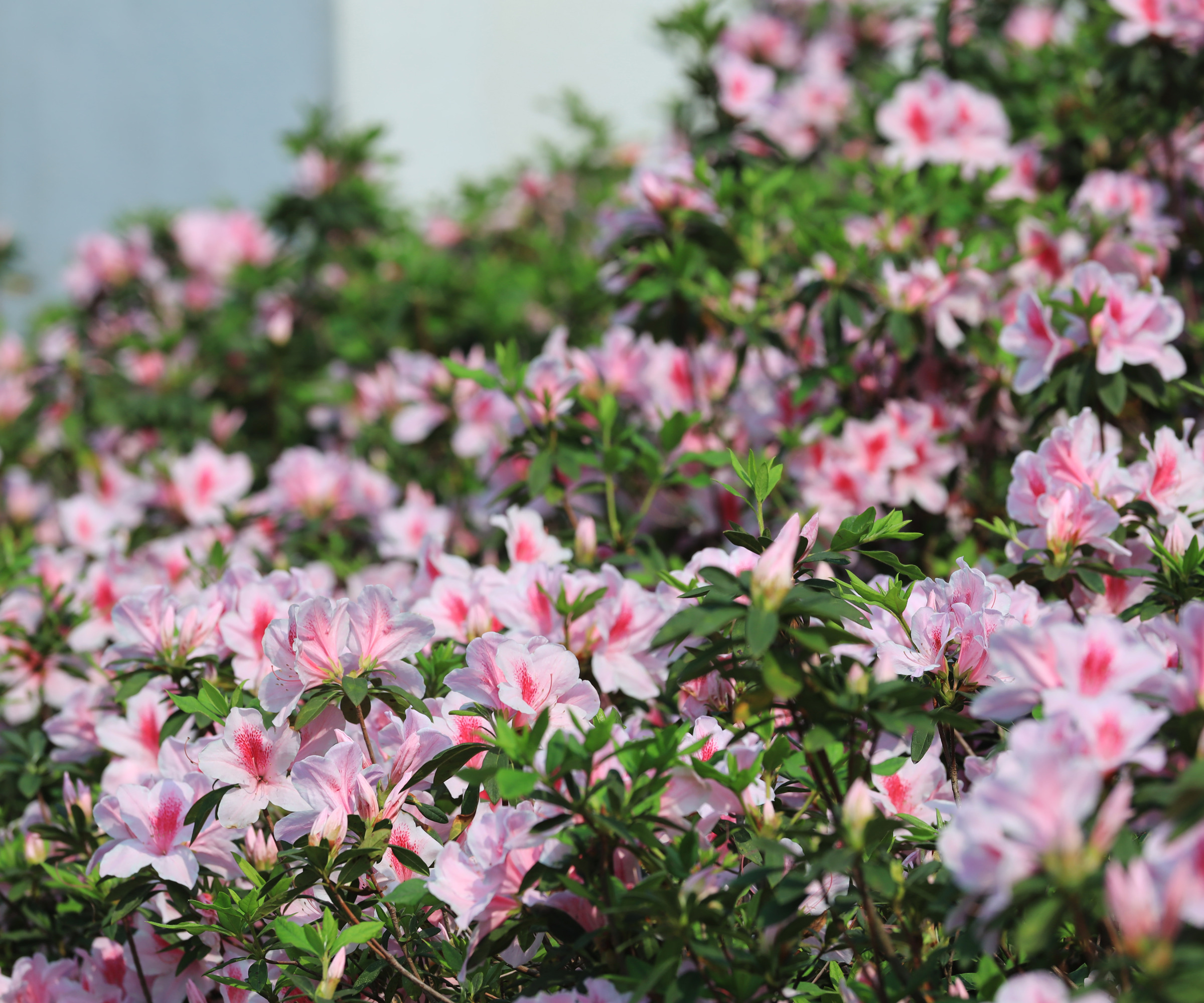
How to revive old rhododendron plants
Learning how to prune rhododendrons is relatively straightforward. Many species are slow-growing, and so can be pruned after flowering to maintain a compact shape. However, a different approach is needed when it comes to learning how to revive old rhododendron plants that are woody or straggly.
When to prune old rhododendrons
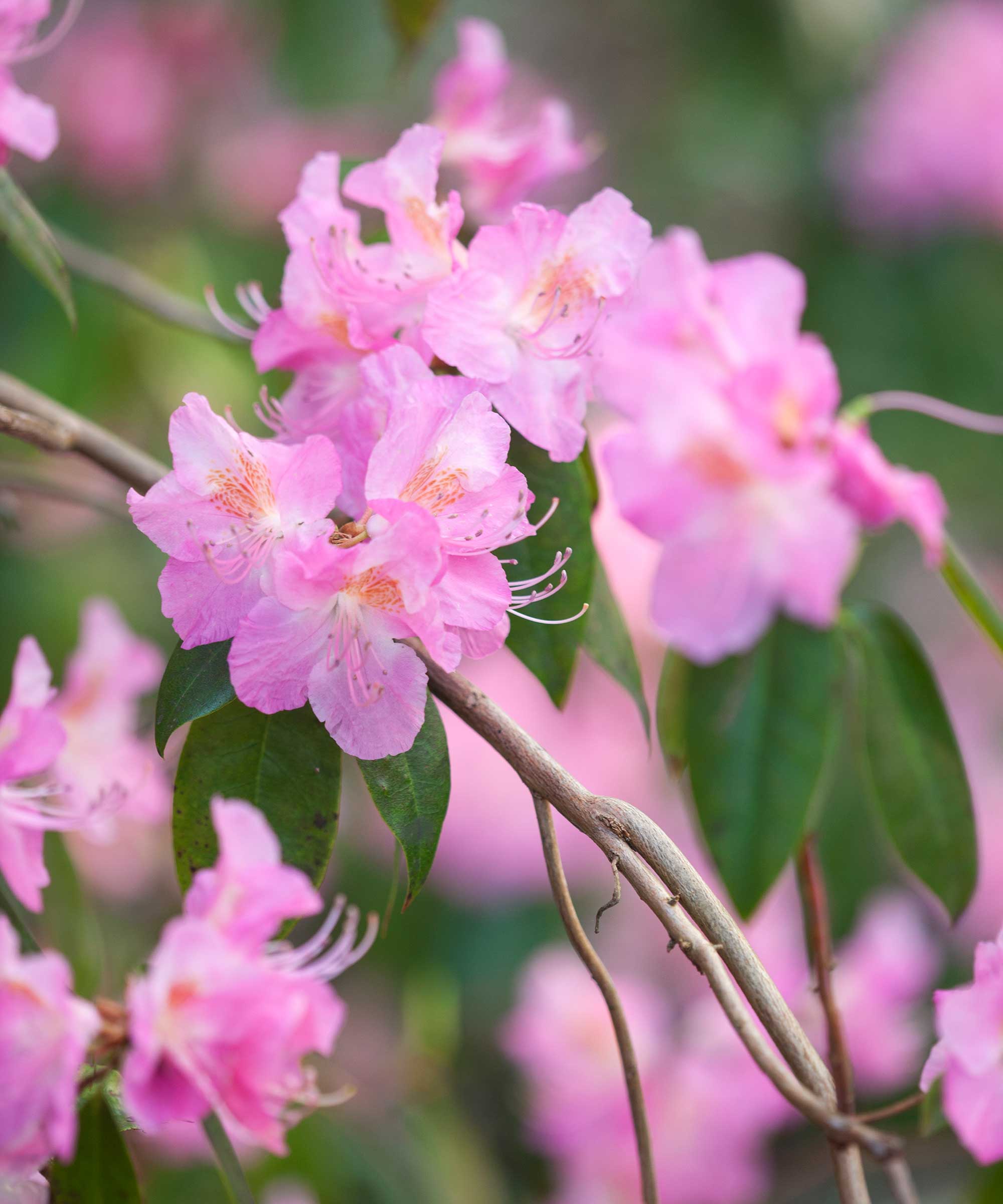
While there are many shrubs to never hard prune, this is not the case with most rhododendrons. While some species, including Japanese azaleas, Rhododendron japonicum, do not respond well to severe pruning, many established old specimens can benefit from hard pruning, which will rejuvenate the plant.
If you are unsure, it is best to do some research on the exact variety growing in your yard.
In terms of timing, hard pruning occurs at a different time from regular maintenance pruning, which typically takes place after flowering in late spring or early summer.
Design expertise in your inbox – from inspiring decorating ideas and beautiful celebrity homes to practical gardening advice and shopping round-ups.
Hard pruning is best done when your rhododendron is dormant. So, select a frost-free day during late winter or very early spring, avoiding any weeks when there is a risk of late frost. While this will vary depending on where you live and your US hardiness zone, it is usually advisable to wait until March or even April to do this.
How to prune old rhododendrons
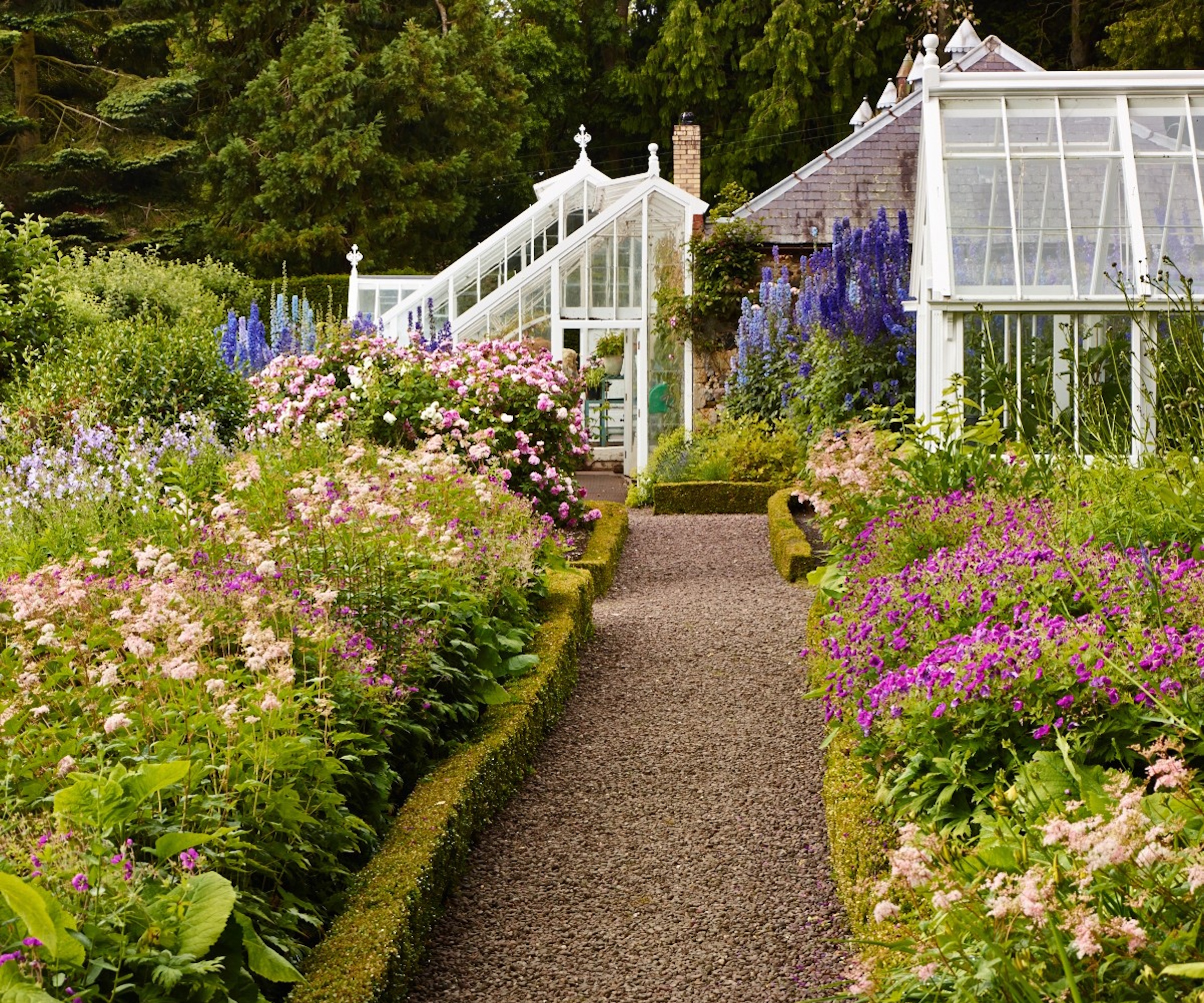
In terms of how to prune azaleas and old rhododendrons, your approach will depend on your appetite for risk. In general, as mentioned above, most varieties will respond well to hard pruning, but as with all things in the garden, this is not guaranteed.
If you are less risk-averse, follow the one-third pruning rule. This involves cutting roughly one-third of the old stems during one year, pruning them down to the base, and leaving a handful of stems intact in the hope that your cuts will generate basal growth without shocking the shrub too much in one go.
However, sometimes it is better to take the plunge and be brave. Learning how to coppice trees is not complicated and requires only a few essential gardening tools.
To begin, select either loppers for smaller stems or use a pruning saw for thicker branches. Try this highly reviewed Corona pruning saw, available from Amazon, which has a handy folding mechanism for safe transportation and storage.
If there are any green buds towards the base of the shrub, you can cut down to this point. Alternatively, aim to cut down to 10 or 12 inches above the ground. While severe, this should encourage basal growth.
Once your old rhododendron has started to regrow, prune the end of any new shoots back to six inches to encourage the plant to produce plenty of bushy growth. While this might take some time, it will be worth it.
Taking rhododendrons cuttings as insurance
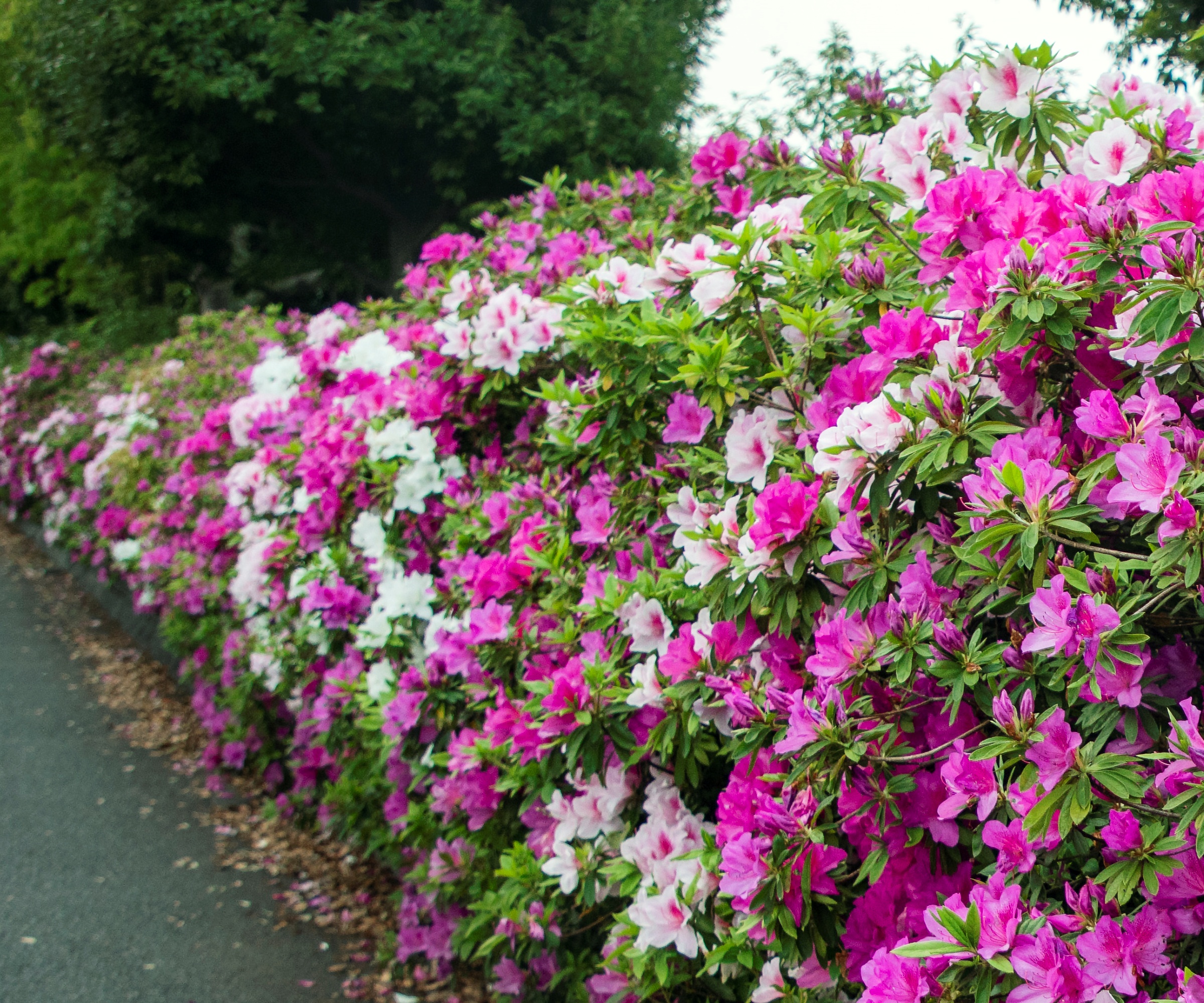
As with any hard pruning, there is always a chance that the shrub might not bounce back, so you might want to opt for an insurance policy via propagation.
There are different ways to propagate rhododendrons, including layering and growing from seed. Taking cuttings is also possible, and everything you need to know is included in our guide.
Cuttings are generally taken in late summer to early fall, once the current year's growth has started to harden. These rhododendron cuttings will go on to become your prize shrubs in future years.
FAQs
How do I know if my rhododendron can handle rejuvenation pruning?
Many rhododendron varieties and species respond well to hard pruning, although generally, the response is best from rough-barked rhododendrons, including the common purple-flowering Rhododendron ponticum, rather than many of the smooth-barked kinds. If you are unsure of what rhododendrons are growing in your backyard, follow the one-pruning rule over three seasons.
While it does take time to revive old rhododendron plants, with the right care and maintenance, you can bring unkept shrubs back to good form. To give your plants an extra boost, consider fertilizing rhododendrons from late spring to early fall. Our guide has all the information you need to know.
Shop pruning accessories

Thomas is a Content Editor within the Gardens Team at Homes and Gardens. He has worked as a professional gardener for both public spaces and private estates, specializing in productive gardening, growing food and flowers. Trained in Horticulture at the Garden Museum, he has written on gardening and garden history for various publications, including The English Garden, Gardens Illustrated, Hortus, The London Gardener and Bloom. He has co-authored a Lonely Planet travel book, The Tree Atlas, due out in 2024.
